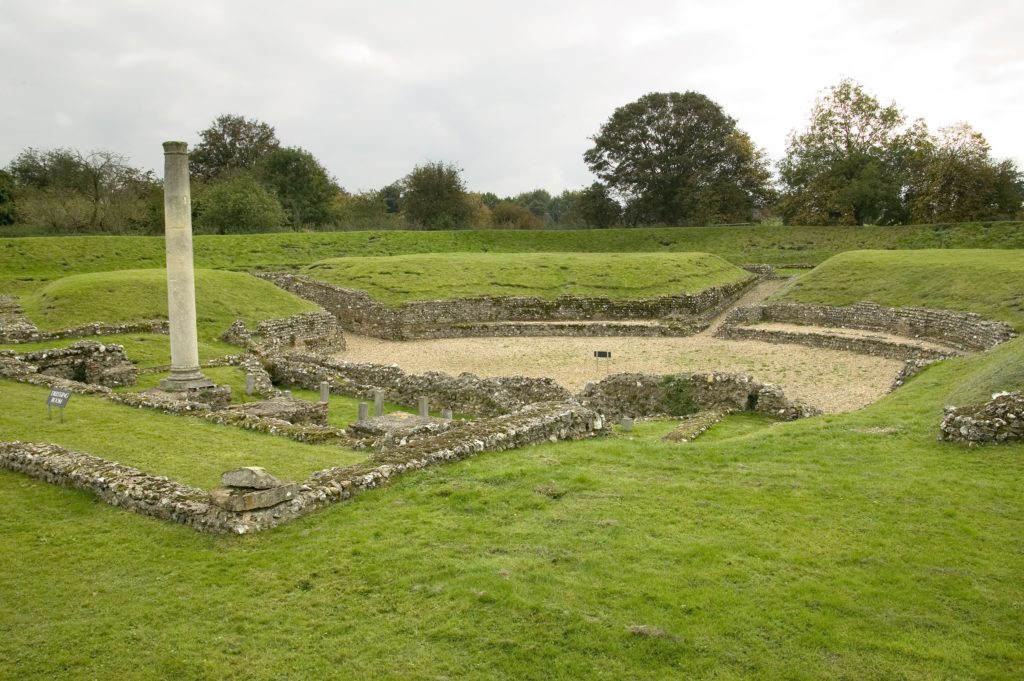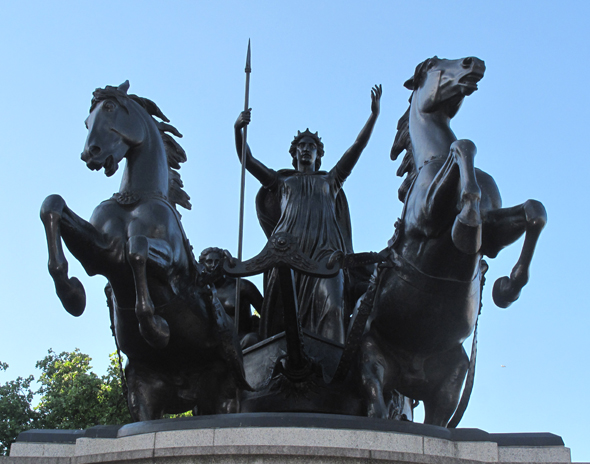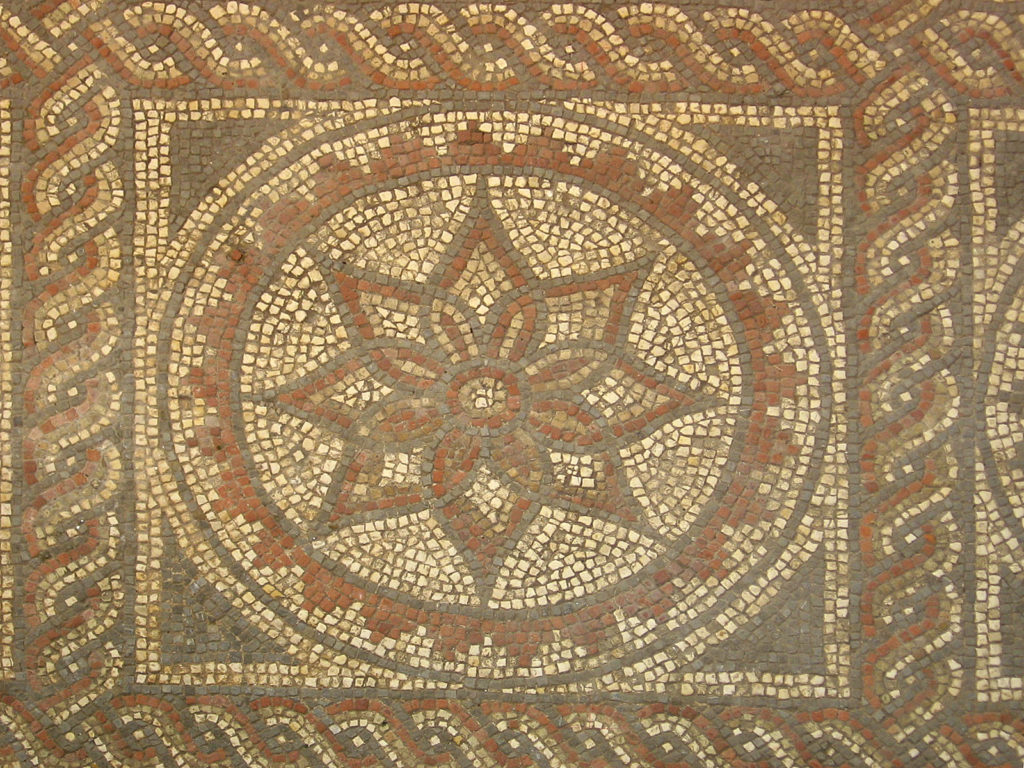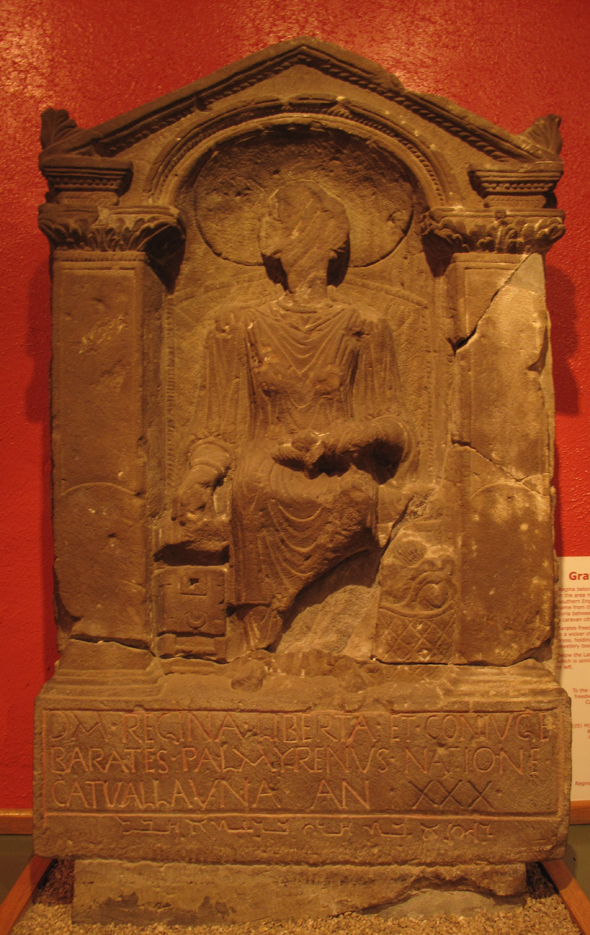Lost and Found – A Head of Its Time
On an evening jaunt around the back roads of Suffolk, not far from Saxmundham, I happened upon the hamlet of Rendham where a local boy, years before, had discovered the head of the Roman Emperor Claudius. That autumn night I wasn’t searching for Roman history but stumbled upon it nonetheless, as one does in a country oozing history from its pores.
It was my first visit to the area and I was just getting to know rural East Anglia, where England’s famed green and pleasant land is alive and well. Here the scenery consists of mounds of harvested sugar beets awaiting processing; fields of pigs wallowing amongst their semi-circular metal shelters scattered like so many mini porcine Quonset huts; and a rolling landscape of green hedgerows and large oaks standing out on the horizon. The aroma of freshly dug soil and spread manure hangs lightly in the air.

Winding along the country roads, I slowed down for Rendham on the B1119 that runs east from Framlingham, and noticed a standard with a colourful coat of arms. I stopped. The coat of arms, set up in AD 2000, was divided into three tableaus. The parish church tower was in the top left and the four farm animals of Suffolk (cow, pig, horse and Suffolk black-face sheep) were in the top right. In the lower middle was the bridge that crosses the River Alde and below, sitting atop the river, was a severed bronze head, looking suspiciously Roman.

Rendham is a collection of houses, farms, the Church of St. Michael and the White Horse pub. Here the River Alde, which reaches the North Sea to the east at Orford, is little more than a stream this far inland.
It was inside the White Horse Pub where I discovered the identity of the Roman on the coat of arms. Once stopped, of course the pub was the obvious next step. The landlord directed me to a book which said that Claudius’ head was found in the river by a local boy in 1907, more than 1800 years after Claudius invaded Britannia in AD 43. The original bronze head is now in the British Museum, with copies in the Ipswich and Colchester Museums.
But how did Claudius’ head get here so many years ago? There is no known large Roman settlement in the area of Rendham so it had to have come from a Roman town further away. Historians think that the bronze statue head was deposited in the river by the rampaging Iceni and Trinovantes tribes led by Boudica during the AD 60/61 rebellion, and came from Camulodunum (modern Colchester) thirty miles to the south.
Lost and Found – A Head of Its Time Read More »


















